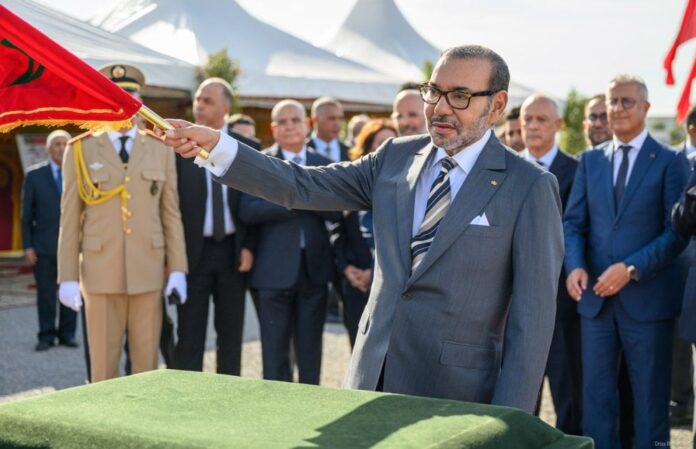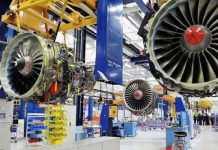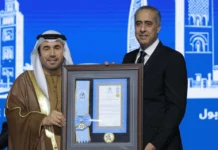King Mohammed VI, accompanied by Crown Prince Moulay El Hassan, officially launched a major new chapter for Morocco’s aviation industry on Monday with the groundbreaking of a major aircraft engine complex in Nouaceur. The project, led by French aerospace giant Safran, is a strategic investment that reinforces Morocco’s growing status as a global hub for aeronautics.
The future site, located in the Midparc industrial zone near Casablanca, will house two major facilities. One will focus on assembling and testing aircraft engines, while the other will handle maintenance and repair, with a particular emphasis on LEAP engines—state-of-the-art powerplants designed for new-generation single-aisle jets.
This new venture builds on a partnership between Morocco and Safran that has been in place for over 25 years. It also reflects King Mohammed VI’s ambition to position Morocco as a key player in advanced technological sectors. To mark the occasion, a video highlighting the rise of Morocco’s aerospace industry under the King’s leadership was screened at the ceremony.
Industry and Trade Minister Ryad Mezzour noted that Morocco has established itself in less than two decades as a serious contender in high-value manufacturing. The country’s aerospace exports have surged from under one billion dirhams in 2004 to over 26 billion in 2024. More than 150 companies are now active in the sector nationwide.
Mezzour also provided a closer look at the scale of Safran’s investment. The first facility, focused on engine maintenance, represents an outlay of 1.3 billion dirhams and is expected to create 600 direct jobs by 2030, with the capacity to service 150 engines annually. The second facility, dedicated to assembling LEAP-1A engines—used notably in the Airbus A320 Neo—comes with a 2.1 billion dirham investment and will generate 300 jobs by 2029. It is designed to produce up to 350 engines per year.
Once operational, the assembly plant will become the second-largest production site for LEAP-1A engines in the world. This will further embed Morocco into the global aircraft engine supply chain and is likely to attract new players to the country’s already robust aerospace ecosystem. For Mezzour, the project is not only a technological milestone but also a major opportunity to generate skilled employment for young Moroccans.
Safran’s board chairman Ross McInnes praised the King’s presence at the launch, calling it a clear sign of Morocco’s unwavering commitment to industrial development. He highlighted Morocco’s stable business environment and deep-rooted cooperation with Safran, stating that the group works “with Morocco, not just in Morocco.”
CEO Olivier Andriès pointed to several key reasons behind Safran’s decision to deepen its investment: a skilled local workforce, reliable infrastructure, and economic stability. He said the group’s total commitment—covering this new project and planned expansions at three other Moroccan sites—now exceeds 350 million euros and will support thousands of jobs throughout the country’s aerospace sector.
During the ceremony, three key agreements were signed in the presence of the King. The first formalized the commitments between Safran and the Moroccan state regarding the engine assembly facility. The second ensures that Safran’s Moroccan operations will be powered by renewable energy. The third sealed the site’s location within Midparc.
King Mohammed VI also unveiled the LEAP-1A engine, a cutting-edge product made with the latest materials and production techniques. He then posed for photos with students from the Institute of Aeronautics Trades—many of whom will go on to work at the future maintenance facility—before officially launching construction.
Already the global leader in engines for short- and medium-haul aircraft, Safran is doubling down on its long-term strategy in Morocco—a country it chose 25 years ago as a key base for industrial expansion. This new chapter is a direct extension of King Mohammed VI’s vision, which continues to drive the growth and transformation of Morocco’s aerospace industry.





